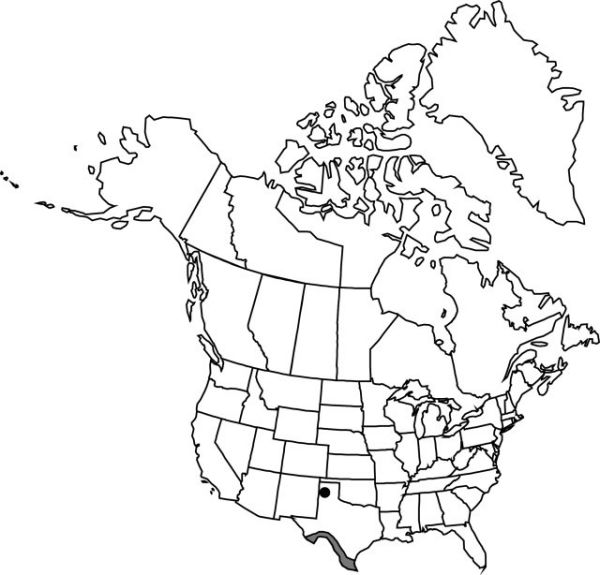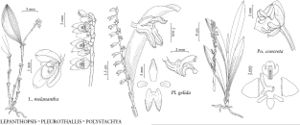Difference between revisions of "Heteranthera mexicana"
Proc. Amer. Acad. Arts 18: 166. 1883.
FNA>Volume Importer |
FNA>Volume Importer |
||
| Line 50: | Line 50: | ||
|publication year=1883 | |publication year=1883 | ||
|special status= | |special status= | ||
| − | |source xml=https://jpend@bitbucket.org/aafc-mbb/fna-data-curation.git/src/ | + | |source xml=https://jpend@bitbucket.org/aafc-mbb/fna-data-curation.git/src/f6b125a955440c0872999024f038d74684f65921/coarse_grained_fna_xml/V26/V26_11.xml |
|genus=Heteranthera | |genus=Heteranthera | ||
|species=Heteranthera mexicana | |species=Heteranthera mexicana | ||
Revision as of 19:29, 24 September 2019
Plants annual. Vegetative stems submersed with elongate internodes, or emersed and short. Flowering stems 6–15 cm, distal internode 4–8.5 cm. Sessile leaves submersed and thin, or emersed and thickened, 5–15 cm × 1–6 mm. Petiolate leaves and stipules not produced. Inflorescences spicate, 7–24-flowered, elongating over several days; spathes 1.2–4 cm; peduncle 4–9 cm, glandular-pubescent when emersed. Flowers 2–10 per inflorescence opening each day; perianth mauve, salverform, tube 2–6 mm, limbs zygomorphic, lobes narrowly elliptic, 8–13 mm, proximal lobe shorter; stamens unequal, lateral stamens 2.7–7 mm, filaments obliquely inflated at center, bent upward apically, glabrous; central stamen 5.9–10 mm, filament linear; style glabrous. Seeds 12–15-winged, 0.7–1 × 0.6–0.9 mm, outer integument composed of additional surface layer of tetragonal to hexagonal isodiametric cells.
Phenology: Flowering Jun–Dec.
Habitat: Ephemeral pools
Elevation: 0–400 m
Distribution

Tex., Mexico (Coahuila, Nuevo León, Tamaulipas).
Discussion
Heteranthera mexicana is very rare and should be considered for national endangered or threatened status. Populations are located in swales and ditches in an area that is subject to irregular rainfall. In several attempts to locate populations during the mid-1980s, the swales were discovered to be dry; yet in 1987, a wet year in south Texas, a population of several thousand individuals was found. This suggests that seeds are adapted to survive at least several years in dry soil.
Selected References
None.
